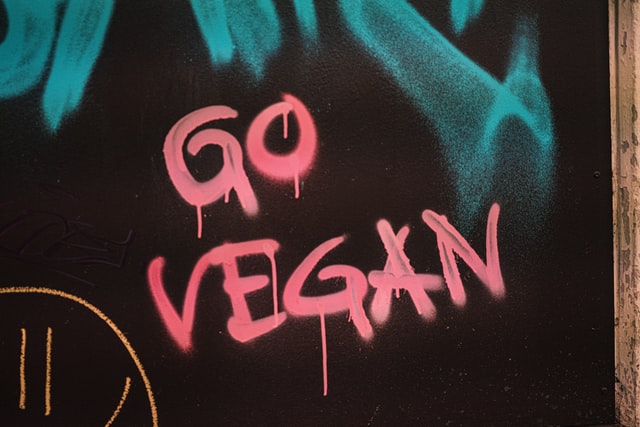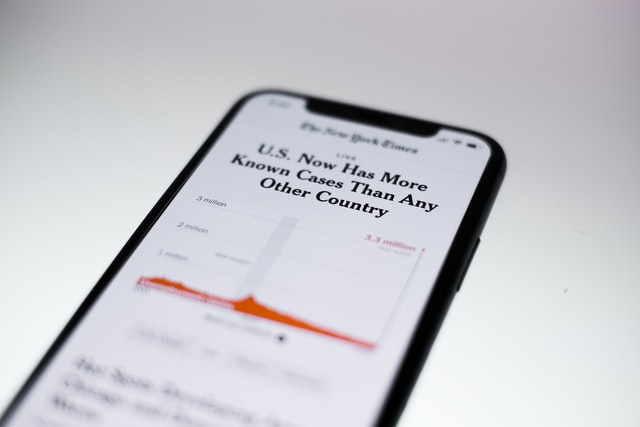There’s no denying that in recent years, the global pandemic, the #metoo and #backlivesmatter movements, and climate change have increased conscious consumption by today’s Mindful Consumer. Both B2C and B2B brands have had to re-align their purpose and restructure almost all aspects of their operations.
Successful brands seek to understand the more conscious consumer and build their strategies around their needs and wants. These same brands also focus their energies on creating sustainable products and services in response to the demands of this more mindful consumer. And as technology and supply chains shift, they continually improve their products and services to create positive social and environmental impact.
Who is the conscious consumer?
Conscious consumers demand high-quality, sustainable and ethically-sourced products and solutions at competitive prices. They also demand to know more about the businesses they buy from in order to make well-informed purchase decisions
Conscious consumers have strong moral principles and pay attention to the political, social and environmental landscape more than previous generations. This then becomes the backdrop upon which they judge business practices and they use their purchasing power to drive up the value of ethical businesses and actively ‘cancel’ those that don't share and respect their values.

The conscious consumer will do more than the usual level of research and due diligence on the brands they buy from, to know how their products are sourced and manufactured. The internet has enabled this level of scrutiny to happen in a moment, and often in-store!
Conscious consumers want to know that workers are paid fairly and in ways that minimise undesirable environmental effects. They’re not easily swayed by PR spin and are distrustful of corporate grandstanding.
Shared crises and hyper-connectivity drive empathy
The headlines have shouted news of major global crises constantly over the past five years. The notion that “we’re all in this together” has never rang more true, nor has it been able to spread so quickly and efficiently thanks to social media and hyper-connectivity.
These feelings of empathy for others, and the growing sense of global communities forming around the big issues of the day complement and bolster behaviours and attitudes that align with conscious consumption.
Pair this with a generational shift (Boomers are retiring and Gen-Z has entered the market), and you have a perfect storm of accelerating mindful consumerism. As younger, more digitally connected consumers enter the market, conscious consumerism is on this rise. It's been well documented and observed that Gen Z tends to work for purpose, compared to the main drivers of Gen X (people) and Boomers (companies).
Today’s business and political leaders face continuing and increasing pressure to adapt their policies and practices around the many and varied issues that relate to conscious consumption.
With all this change reverberating around the globe, there has probably never been a better or easier moment to get buy-in for major strategic, operational and/or cultural overhauls within large organisations.
These changes may look different depending on if you’re in the B2C or B2B space.
How B2C brands can take advantage of conscious consumption
Start with a long look in the mirror. The larger the organisation, the more likely there are to be ‘grey areas’ or things that could use improvement. An honest self-assessment of the not-so-ethically wonderful things your organisation may contribute to is a necessary first step in strategising how to improve in an authentic, genuine way.
For example, the Versiti Equality Self-Assessment tool is a good starting point for helping asses some topics related to conscious consumption.
Remember, the goal is not to spin anything. It’s to admit that things can be better, and actually go and fix them. Other questions to ask of your organisation include:
- Is your supply chain connected to ethically suspect labour markets?
- Is your carbon footprint as low as it reasonably could be?
- Does your management structure have issues with transparency, or nepotism?
- Do you take sustainability practices seriously?
- Do you have serious pay gaps between senior leaders and general workers? Between women and men?
Embrace radical transparency
In the digital age, finding information is the status quo, so it’s pretty easy to tell when an organisation’s not being entirely honest.
There’s also a pervasive ‘positivity-at-all-costs’ mindset among many senior leaders. That is: everything must be spun to be positive. Never use negative words.

While this practice certainty has utility in certain situations, mindful consumers are highly sensitive to any kind of spin. Attempting to put a positive spin on something as serious as corruption, inequality, or environmentally destructive practices is a bad idea. It’s much better to acknowledge the pain and suffering these things can lead to, address the problem head-on, and explain what’s being done to solve it.
Radical transparency can also involve admitting that you don’t have a solution, or that you need help.
Brands as educators
We know that conscious consumers are actively searching for specific topics. Be transparent and provide your customers with the information they need to make a decision and highlight where there are gaps.
Things the conscious consumer wants to know:
- Company history and who actually owns it
- A commitment to brand values - conscious consumers want brands to live their values
- The organisation’s philosophy towards sustainability
- How involved is the company in their local community?
- What's the environmental impact of the business' operations? How deep does the supply chain extend?
- Where does the firm stand on social justice, and do they do more than just pay-lip service?
- What good causes does the business champion and support
You may not be able to answer all of these. Your particular audience may care more about some than others. It's key to find out which are the most important to your target audience.
How B2B brands should align with conscious consumers?
The conscious consumer trend will not pass B2B brands and businesses by. After all, businesses are still run by people, who buy from or support other people!
Often, purchase decisions come down to a single decision-maker, and those decision-makers are also likely to have a more ethical and mindful consumer mindset.
Even in the financial world, these trends have started to take root through the uptick in demand for ESG investing (Environmental, Social, and Governance)—billions of dollars in hedge funds and other asset management firms now must start to price in these conscious consumer-related topics.
1. Know your customer's sentiment
Talk to your customers, understand what's important to their customers - what kind of ethical choices are their customers making. Ask if they’re feeling more pressure or have a leaning towards working with organisations that are more ethical and moral. Most will say “yes” (it’s a little taboo to admit that you don’t care at all), so see if you can probe to see if their attitude has manifested in actual decisions or policies.
2. If you can't act now, plan for the trend
Maybe you don’t have the resources necessary to commit to a serious overhaul of your problem areas right away. But ignore the movement at your peril.
Real change is needed so you'll need to start figuring out how your business can respond. For example, you might create an internal team to look into the anticipated risks and opportunities of a world where conscious consumerism has taken root in purchasing or procurement departments.
3. Challenge your supply chain
Many times, issues exist in the ecosystem of contractors, suppliers, manufacturers or vendors that form part of your supply chain. Conscious consumers recognise that your firm is making a conscious choice to work with these businesses - it doesn’t look good if you chose a ‘bad one’ in order to save a few bucks. Individual actions will count for a lot.
Re-evaluate problematic partnerships, get more information about the factories you work with both directly and indirectly and put pressure on your supply chain to align with the trend and do the same.
Consumers understand that pursuing sustainability is not an easy path. But they want brands to keep trying every day to drive change.
How to understand conscious consumers of your products and services?
Research and evidence should always play a key role in defining your strategy and making big decisions. Knowing how your target audience thinks and feels about sustainability, diversity and inclusion and equality will point you towards the most impactful and cost-effective plan.
We suggest a five-pillar approach to helping brands get future-ready:
- Inclusion
- Sustainability
- Transparency
- Trust and Authenticity
- Customer-centricity
You can read more about future-readiness and the five-pillar approach in our article titled The Era of The Mindful Consumer.






















.webp)
.webp)
.webp)
.webp)